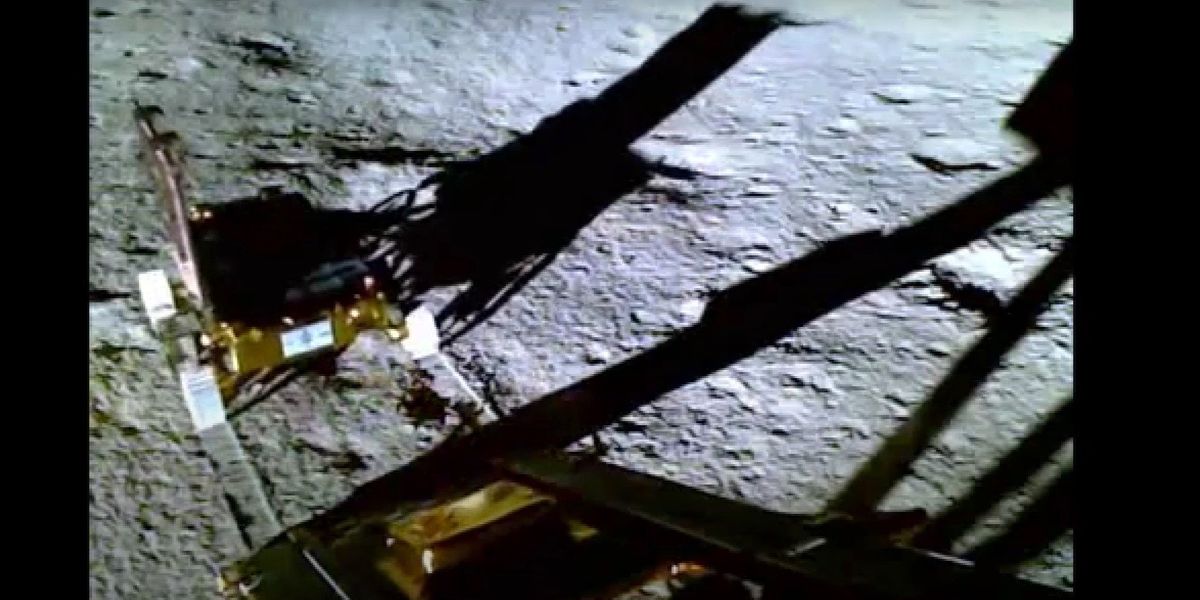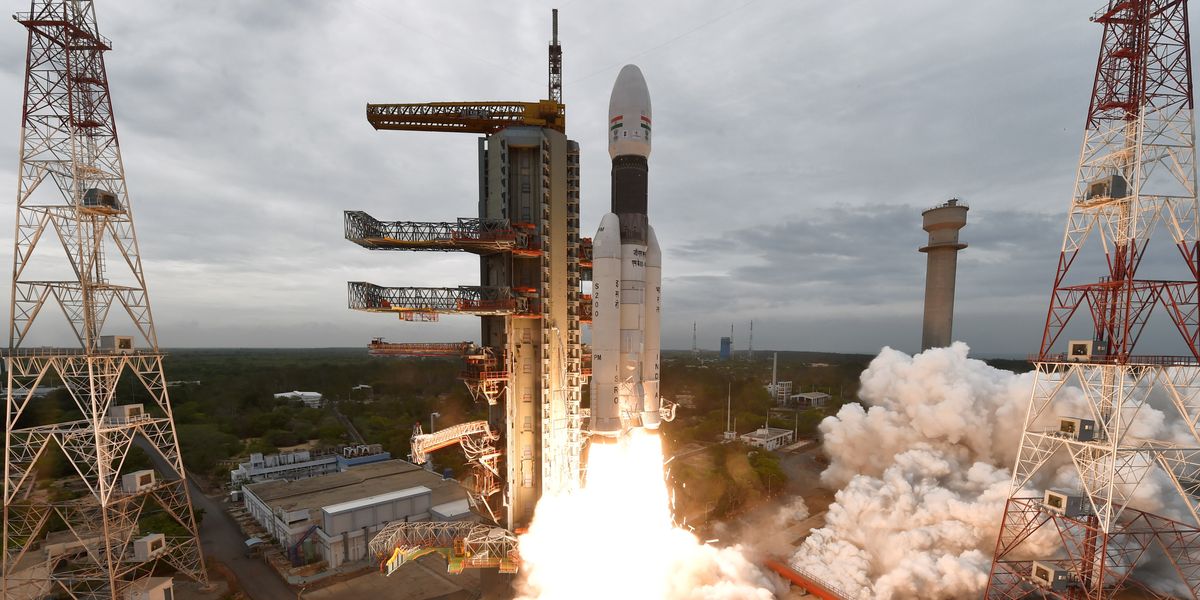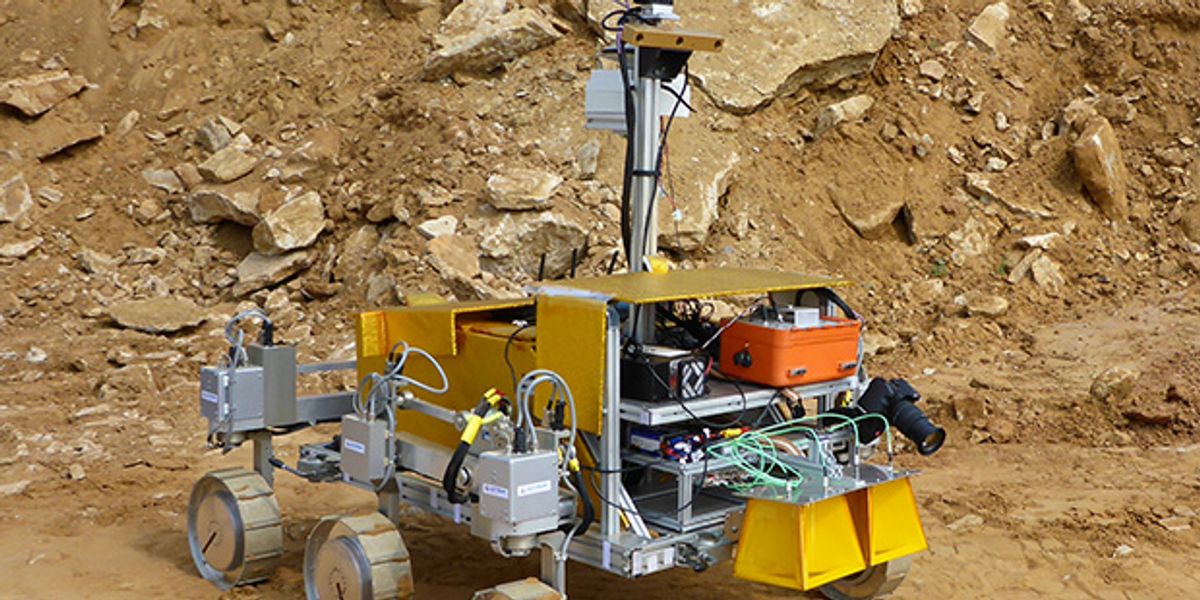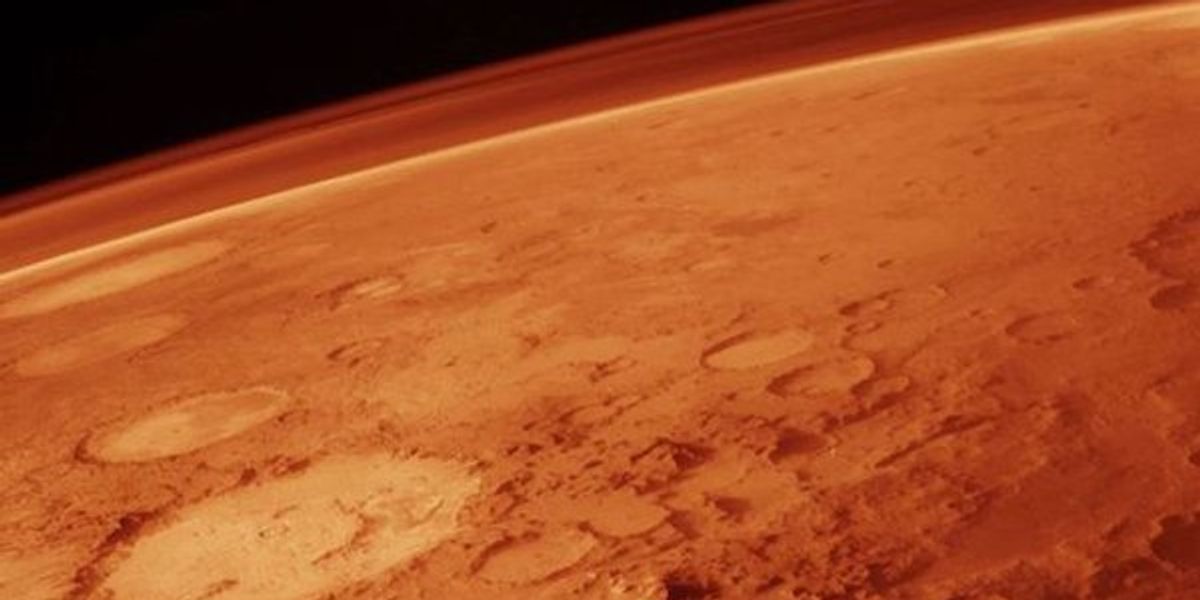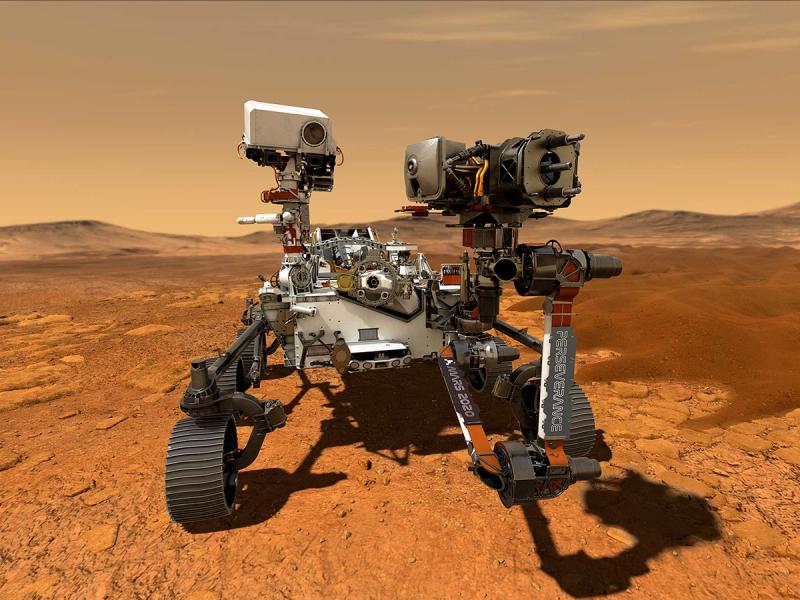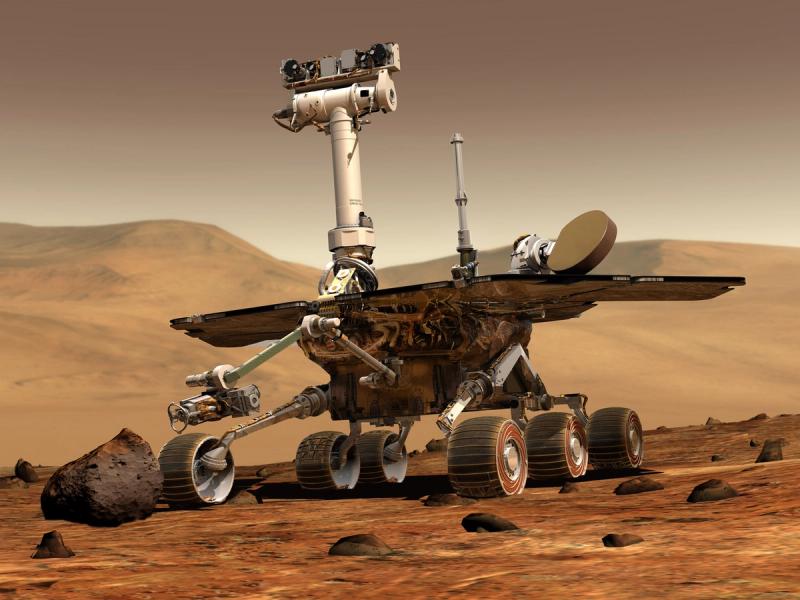Pragyan
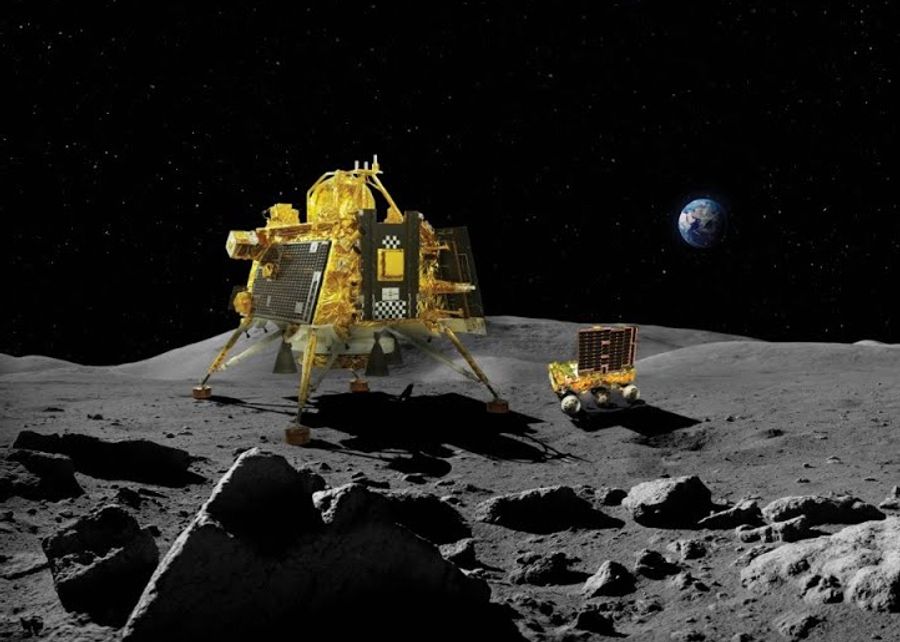
Pragyan is a lunar rover developed by the Indian Space Research Organization (ISRO). Part of the Chandrayaan-3 lunar mission, it successfully landed near the lunar south pole on 23 August 2023. It explored the moon using cameras and scientific instruments for nearly two weeks.
- Creator
- Year
- 2019
- Country
- India 🇮🇳
- Categories
- Features
More videos
Did you know?
Pragyan is expected to survive only for one lunar day (or around 14 Earth days), because its electronics were not designed to endure the frigid lunar night.
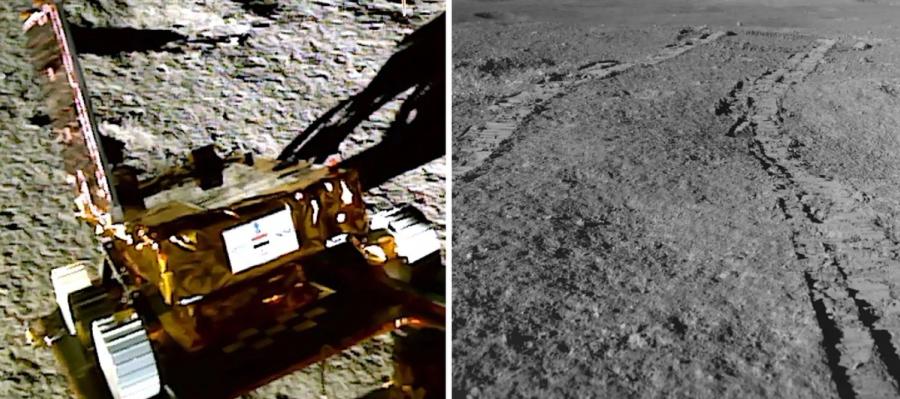
History
The Pragyan rover traveled to the moon inside the Vikram lander as part of India's Chandrayaan-3 mission. The Indian Space Research Organization (ISRO) launched Chandrayaan-3 from Satish Dhawan Space Center on 14 July 2023. The spacecraft entered lunar orbit on 5 August, and the Vikram lander touched down in the lunar south polar region on 23 August. One day later, Vikram lowered a ramp that allowed Pragyan to descend to the lunar surface, and both spacecraft began their scientific explorations.
The Chandrayaan-3 mission makes India the fourth country to successfully land on the moon, after the Soviet Union, the United States, and China. India also becomes the first nation to land near the lunar south pole, where there are likely deposits of water ice.
A safe landing was the mission's primary objective, especially after the 2019 crash of the Vikram lander part of Chandrayaan-2. ISRO reportedly spent 6.15 billion rupees (about US $75 million) on the mission.
In early September 2023, after nearly two weeks exploring the lunar surface, ISRO was unable to wake up the rover for normal operation. The agency announced that Pragyan had completed its mission and put it into sleep mode indefinitely.

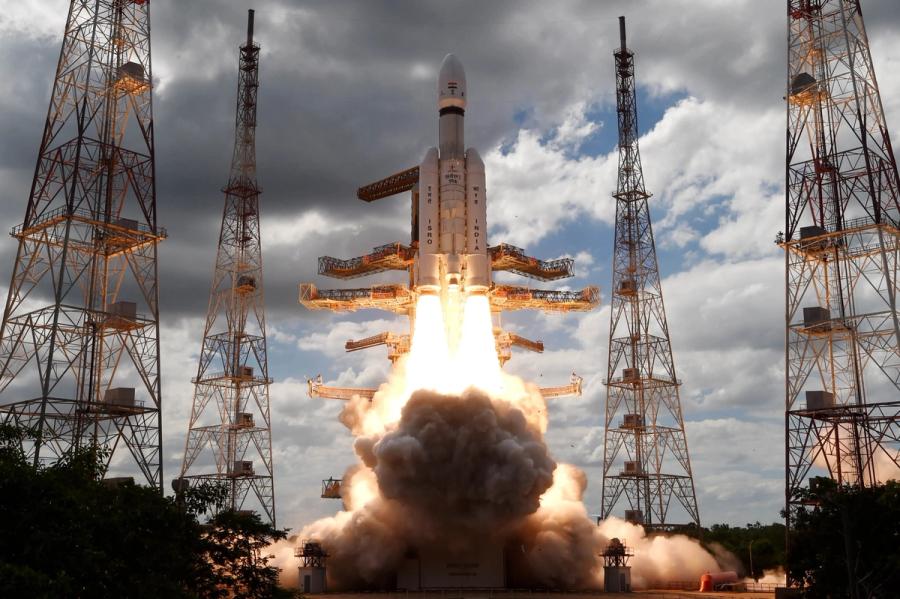
Specs
- Overview
Maximum range expected of 500 meters from the Vikram lander.
- Status
Ongoing
- Year
2019
- Website
- Width
- 75 cm
- Height
- 85 cm
- Length
- 90 cm
- Weight
- 27 kg
- Speed
- 1 cm/s (0.036 km/h)
- Sensors
Navigation: Stereoscopic 3D vision using 2 cameras. Science instruments: Alpha particle X-ray spectrometer (APXS) to derive chemical composition and infer the mineralogical composition of the lunar surface; Laser-induced breakdown spectroscopy (LIBS) to determine elemental composition of lunar soil and rocks.
- Actuators
Rocker-bogie suspension system and six wheels, each driven by independent brushless DC motors.
- Compute
Computer and communications module with receiver/transmitter antenna.
- Power
Solar panel, power output of 50 watts
- Cost
- 6.15 billion rupees, or about US $75 million (full Chandrayaan-3 mission)
